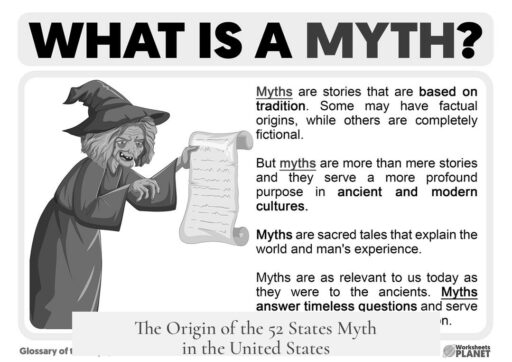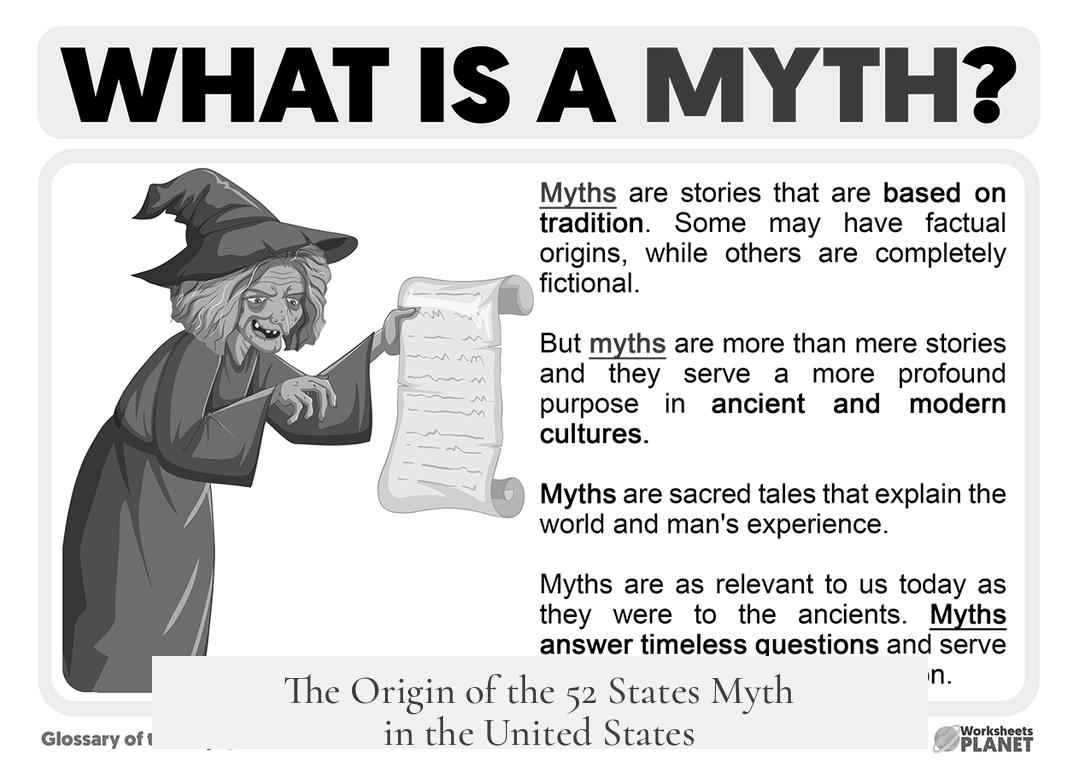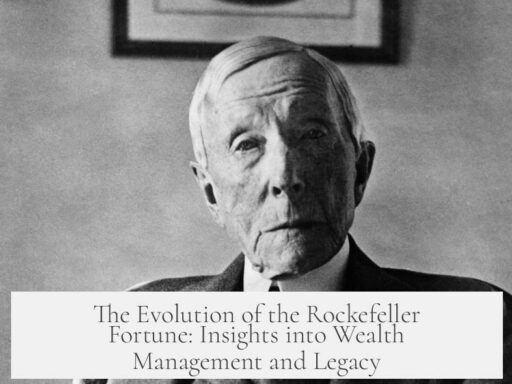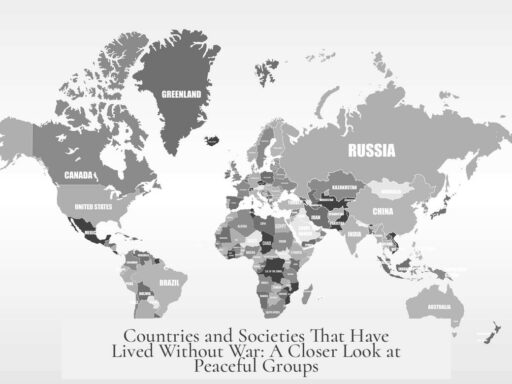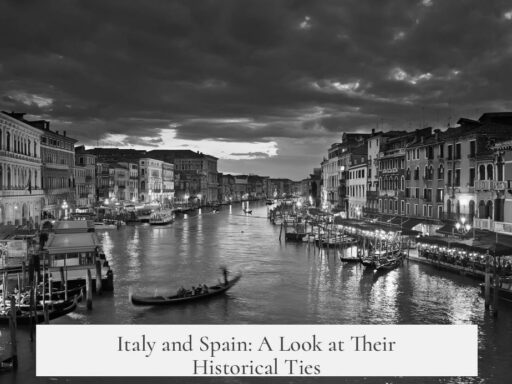The myth that the United States has 52 states likely originates from several misunderstandings and historical nuances related to the country’s political geography and cultural references.
Firstly, there is often confusion between the 48 contiguous states and the total number of states. The United States consists of 50 states, but only 48 of these are contiguous, meaning they share borders on the mainland. This leaves Alaska and Hawaii as non-contiguous states. Some people mistakenly think the contiguous states number 50, and then add “two more,” which leads to an inflated total of 52. This confusion contributes to the myth.
Another possible source is cultural, specifically the standard deck of playing cards, which contains 52 cards. This number could be subconsciously associated with the number of states, leading to the incorrect assumption that there are 52 states in the country. This explanation is popular but less directly connected to political facts.
Many people remember learning that Alaska and Hawaii were the last states admitted to the Union. Alaska joined in 1959, quickly followed by Hawaii. Some individuals believed that these two states should have increased the total number beyond 50. A common misunderstanding is that the U.S. flag’s 50 stars do not include Alaska and Hawaii to maintain a pattern, reinforcing the false idea of 52 states. In reality, the 50-star flag clearly represents all the states officially admitted to the Union.
The status of Washington D.C. and Puerto Rico adds another layer of confusion. Washington D.C., the federal district, often gets mistaken for a state, even though it is not one. Puerto Rico is a U.S. territory with its own governance but is not a state. Occasionally, Puerto Rico has held non-binding votes on statehood, such as in 2012, where a majority voted in favor, yet Congress has not acted on it. These territories and the possibility of statehood contribute to the myth that the U.S. might have more than 50 states.
The United States also includes several territories apart from Puerto Rico and Washington D.C., such as Guam, the Northern Mariana Islands, the U.S. Virgin Islands, and American Samoa. These places operate under different systems and are sometimes mistaken for states. This creates a misconception that expands the total count beyond the official 50.
Alternative perspectives exist but are not widely recognized as official. For example, some note that four states are officially Commonwealths (Kentucky, Massachusetts, Pennsylvania, and Virginia). This technical detail leads to the view that there are only 46 states, based on specific legal definitions, though this does not affect the total state count of 50.
Humor and geopolitical jokes sometimes arise around the number 52. For instance, the “Five Eyes” intelligence alliance consisting of the U.S., Canada, Australia, the UK, and New Zealand has led some to jokingly add Canada, Australia, the UK, and New Zealand as “extra states,” humorously bumping the total near 54.
Historical references further add to the confusion. Before World War II, some authors referred to territories like the Philippines, Puerto Rico, Alaska, Hawaii, and even Cuba in various contexts as potential states or “state-like” entities. These historical viewpoints can still influence contemporary misunderstandings.
| Source of Myth | Explanation |
|---|---|
| Contiguous States Confusion | Mistaking 48 contiguous states plus Alaska and Hawaii as 50 + 2 extra states. |
| Playing Cards | Association with 52 cards in a deck creates a false state count. |
| Territories and DC | Washington D.C. and Puerto Rico are mistaken as states. |
| Flag Star Pattern Myth | Belief that adding 2 stars for Alaska and Hawaii would disrupt the flag pattern. |
| Historical References | Pre-WWII works referring to other US-influenced territories as states. |
- The United States officially has 50 states.
- Confusions arise from non-state territories and Washington D.C.
- Alaska and Hawaii’s late admission fuels misunderstandings.
- Associations with 52-card decks and mixed concepts create myths.
- Historical and geopolitical nuances add complexity to the myth.
